We’re rethinking waste with our new, limited run of cleaners made using up to 97% rescued food waste (excl. water).
Yep, really.
Potato peels have been transformed into cleaning surfactants. Leftover alcohol, from alcohol-free beer has been turned into ethanol. Supermarket food waste has been transformed into limescale remover. And our fragrance partly comes from rescued fruit.
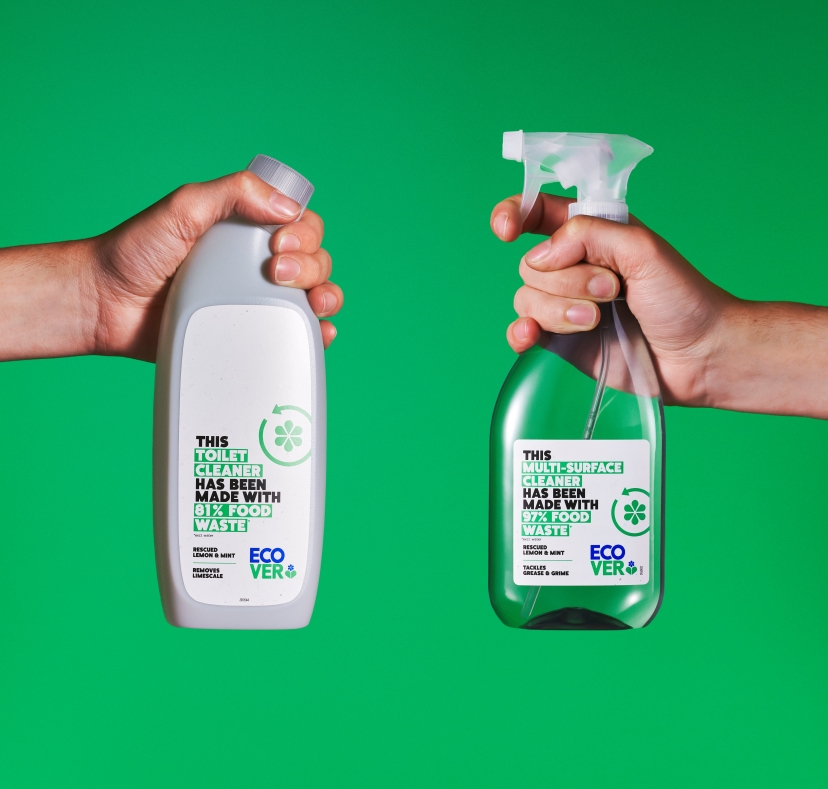
From overconsumption in supermarkets, to oversupply in restaurants, to that overripe avocado at the bottom of your fridge. Millions of tonnes of food go to waste in Europe each year*.
What a waste.
But we believe waste is only waste, if we waste it. With these new cleaners we want to show that waste can be an opportunity, not a problem, and challenge us all to ditch our throwaway culture. We know it’s just a start. But you have to start somewhere.
*WWF WRAP 2020
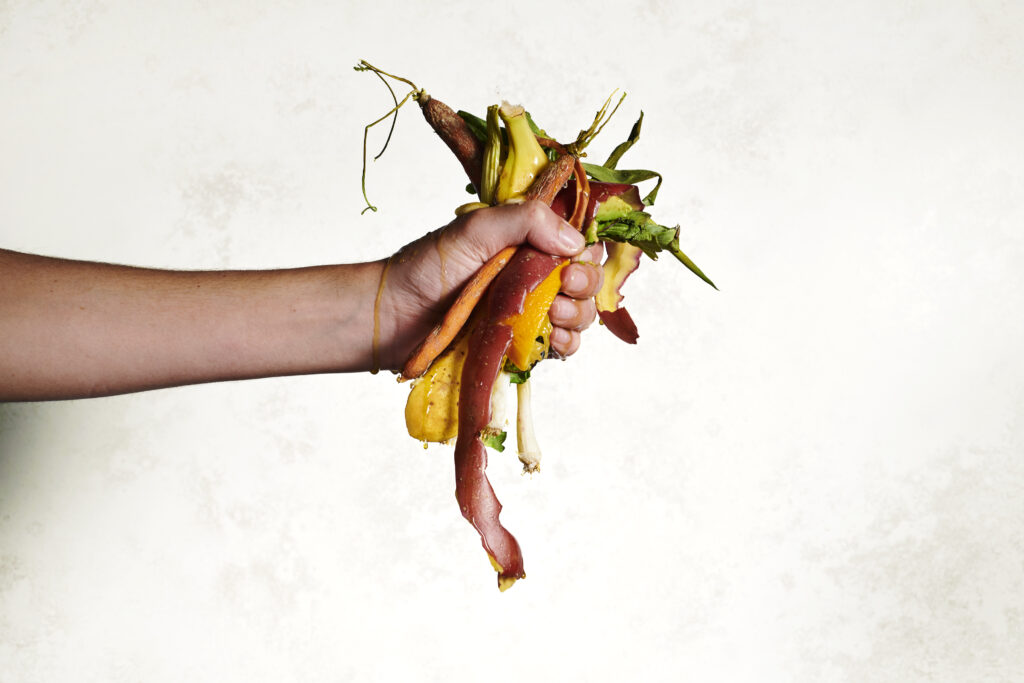
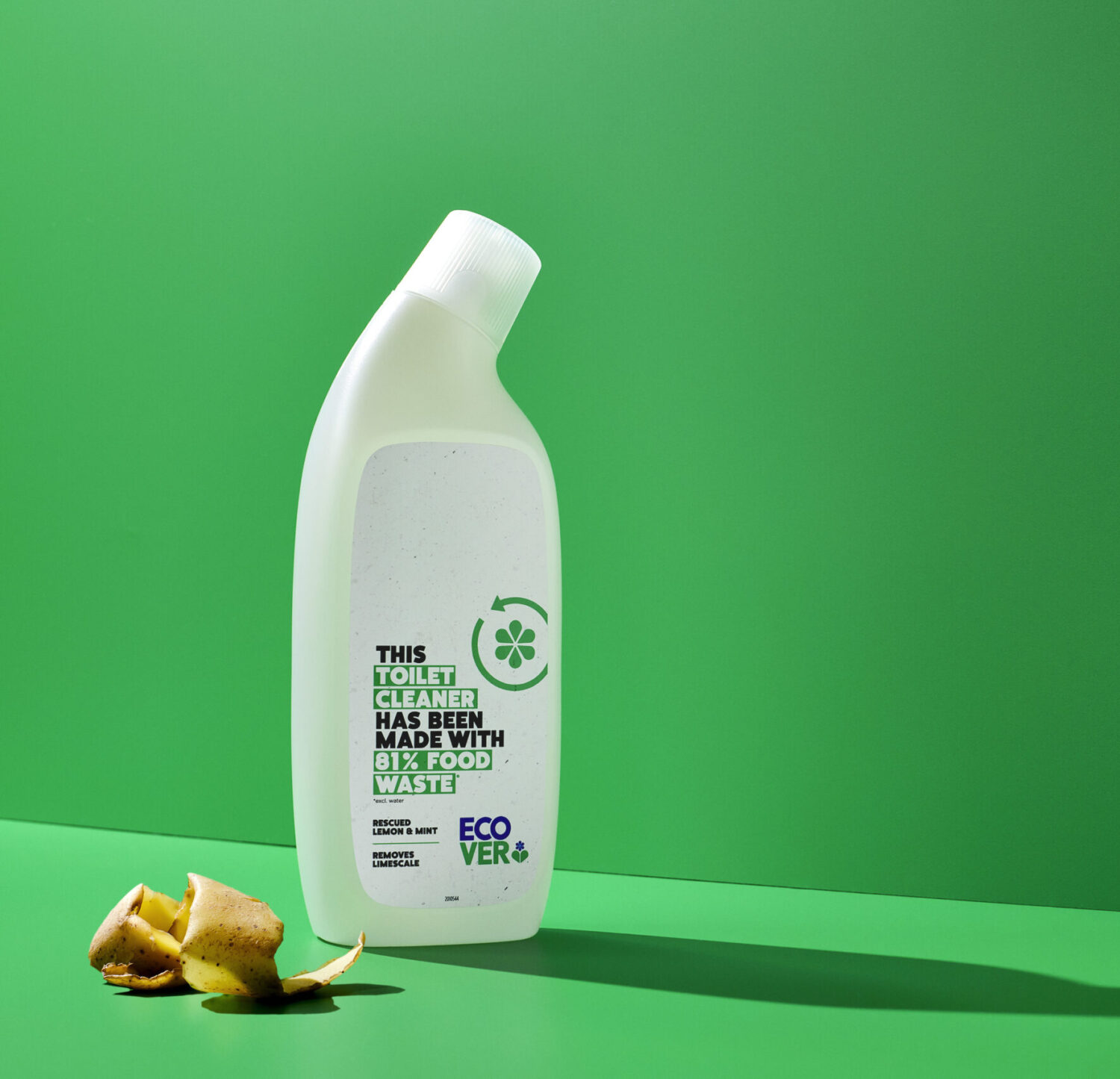
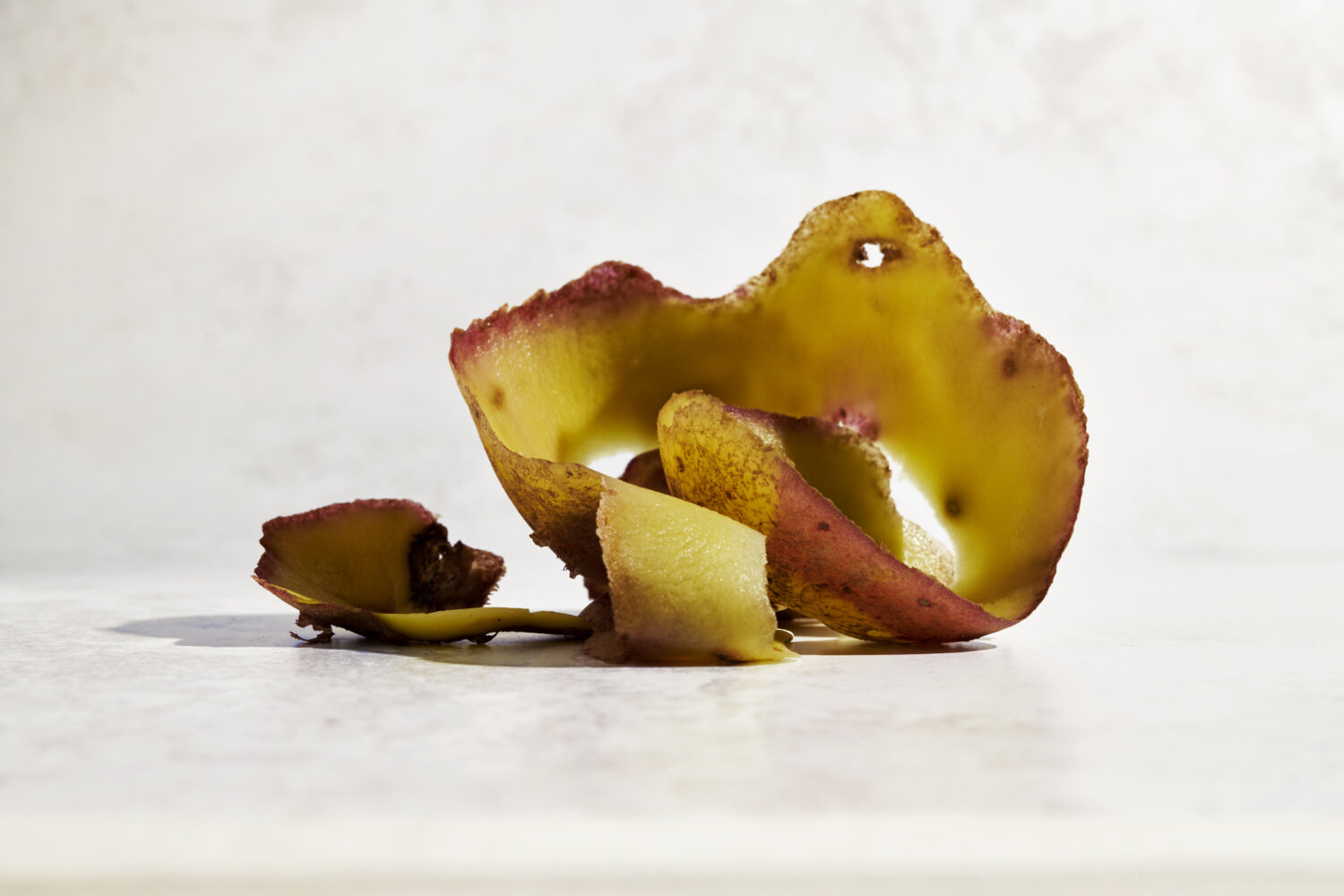
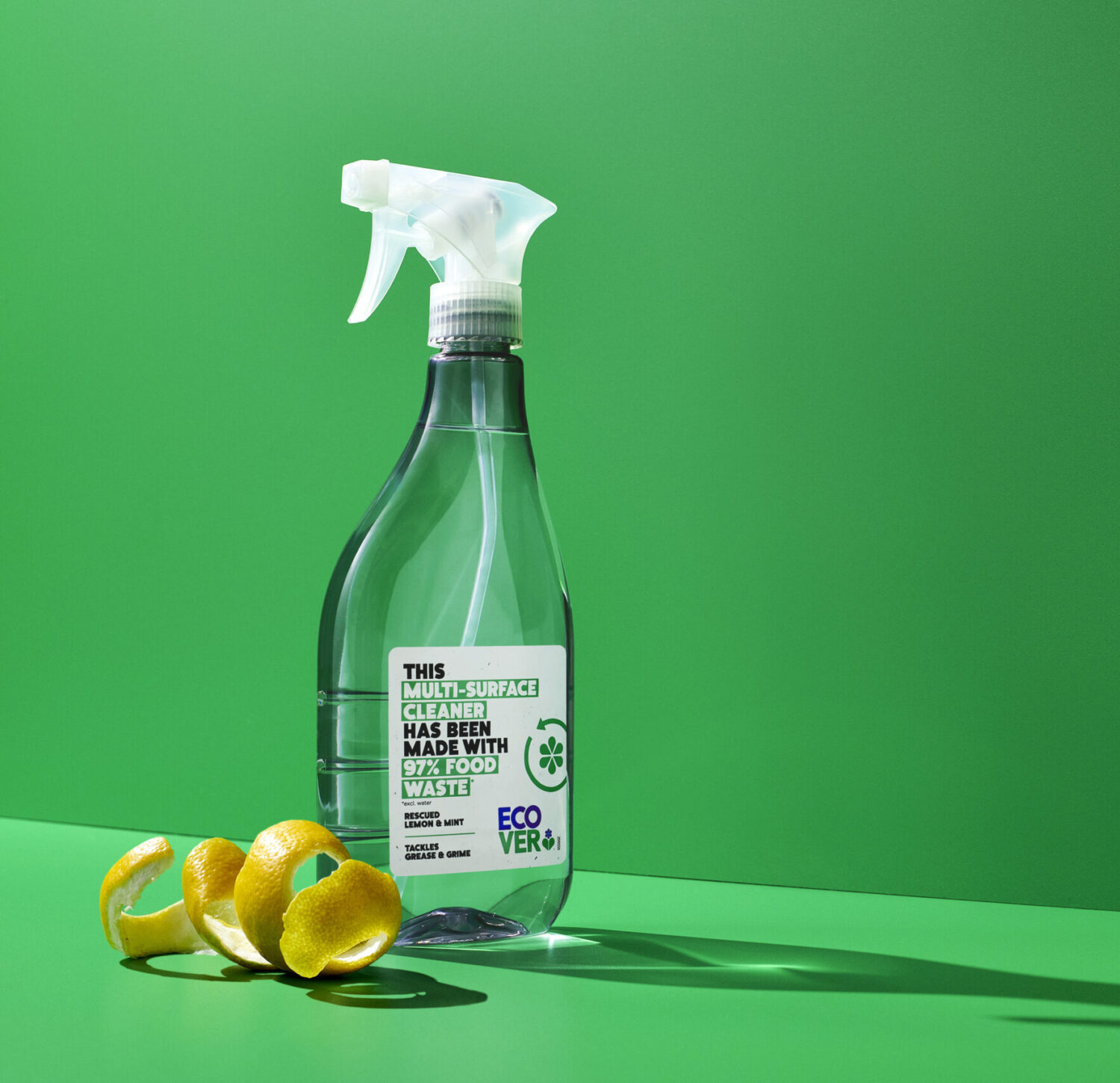
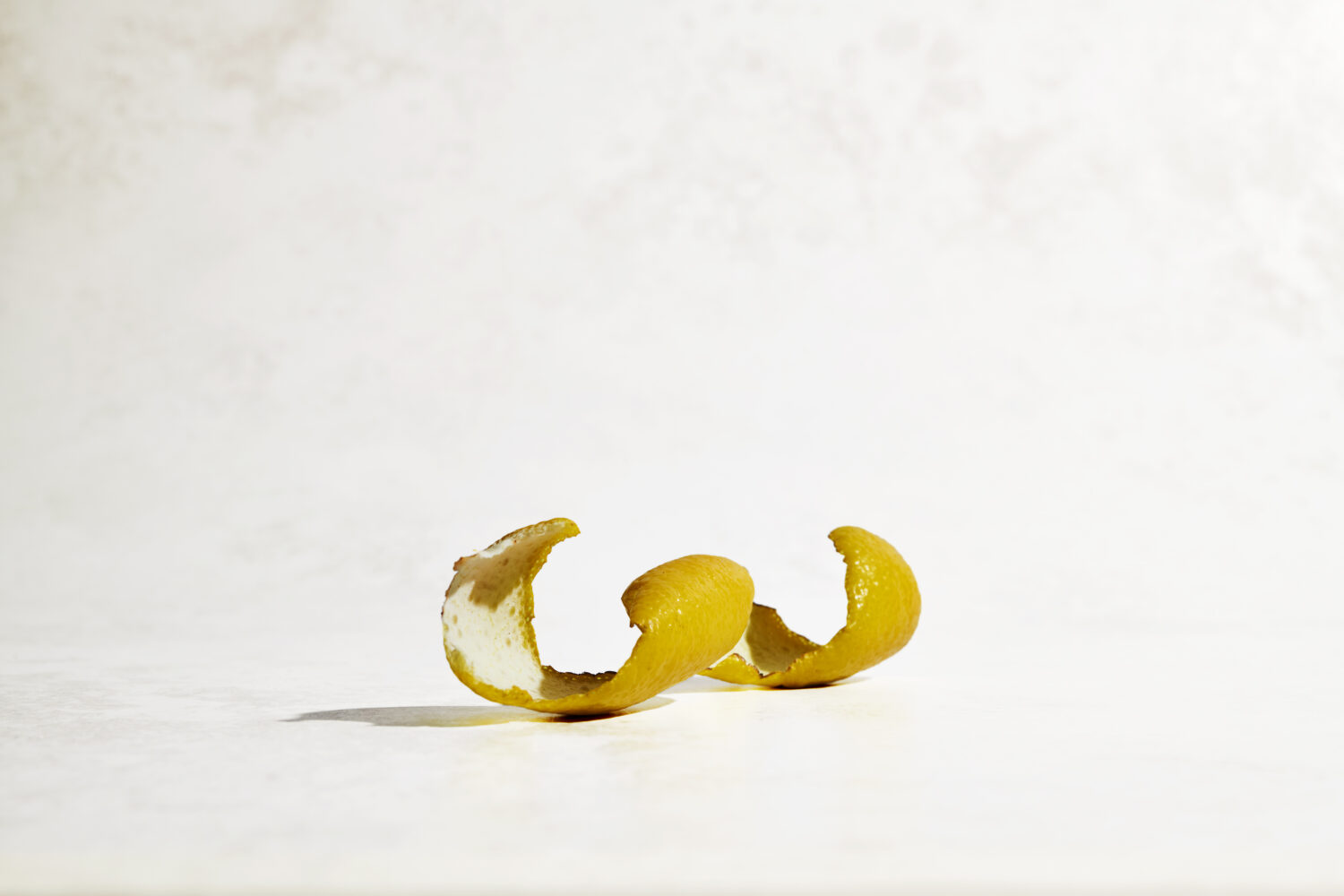
We’re on a mission to redefine what being ‘clean’ truly means.
It’s what we’ve been obsessing over for the best part of 40 years, and it’s what keeps us fearless and foolish. Today, tomorrow, always.
From creating the first phosphate-free washing powder, to building our ZERO waste certified factory, to launching a washing-up liquid made using 25% beer waste ingredients. And now our cleaners made using rescued food waste.
And there’s more where that came from.
We’re busy looking at the next generation of cleaning ingredients made from waste. And get this, not just from food waste. Mic drop
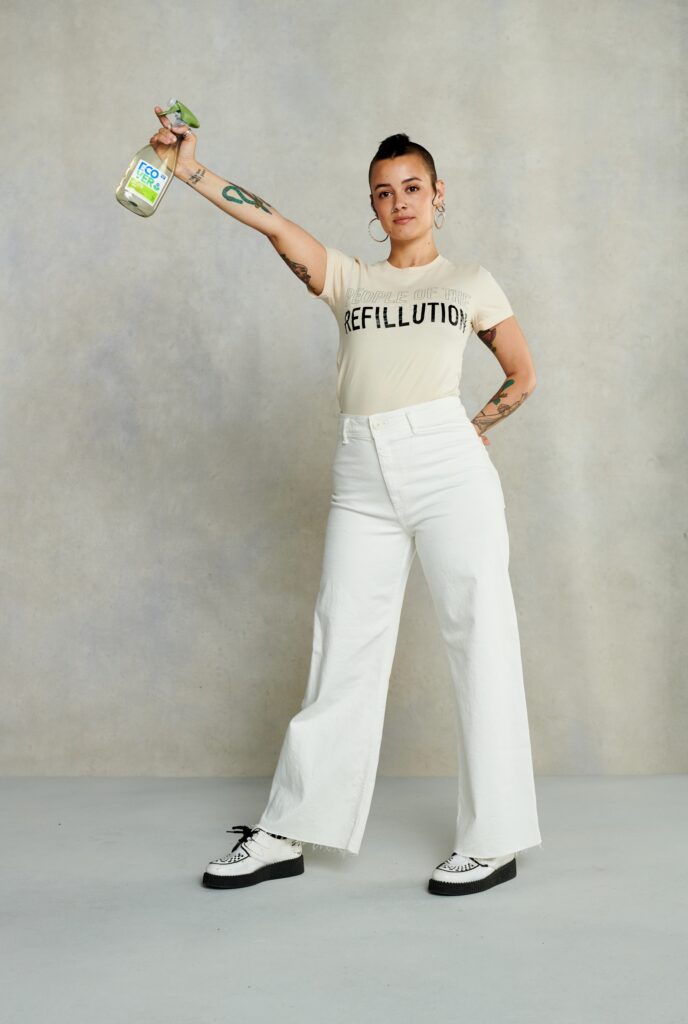
Whilst we are not the first cleaning brand to use waste ingredients, we are the first global cleaning brand to develop formulations using in excess of 80 per cent food waste-derived ingredients (excluding water). We hope that rethinking ingredients and how we see waste becomes the norm within the cleaning industry in time.
The remaining percentage of the active ingredients are made of a partial mineral-based ingredients and non-waste derived sugars.
Both limited-edition Too Good To Waste products have been proven to provide an effective clean. The Too Good To Waste Multi-Surface Cleaner will remove grease and grime and the Toilet Cleaner has been proven to remove limescale.